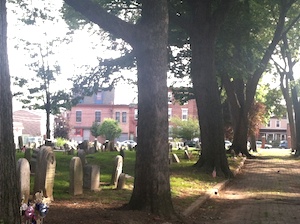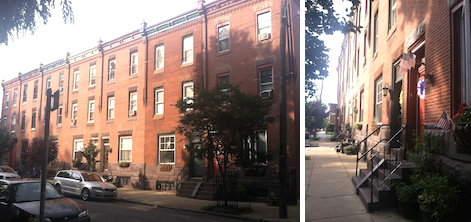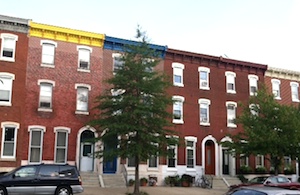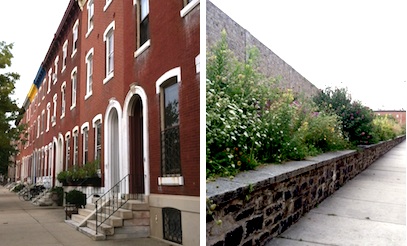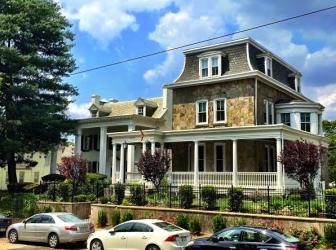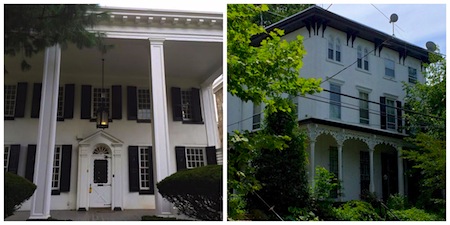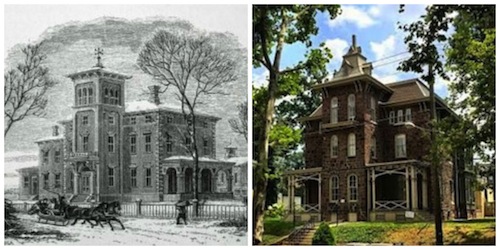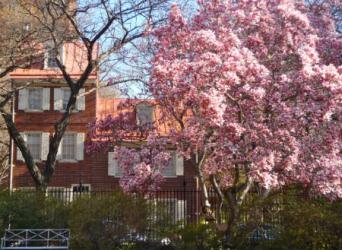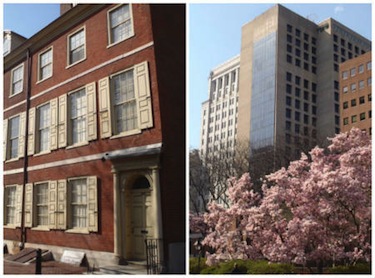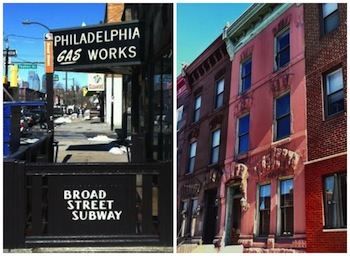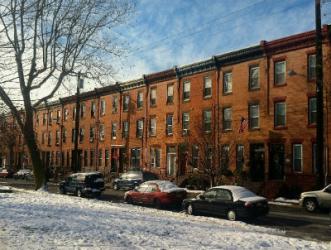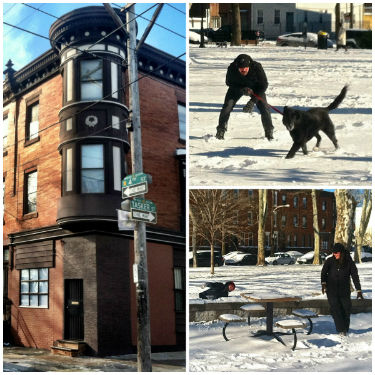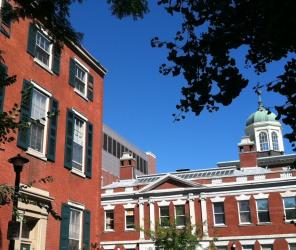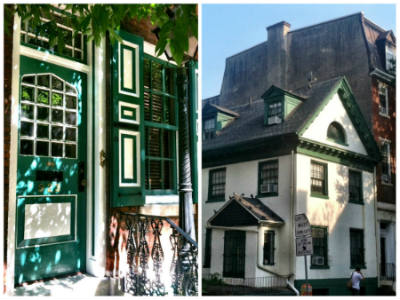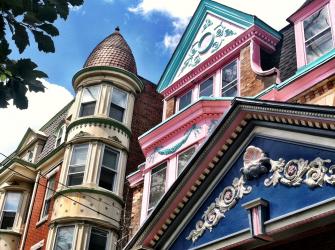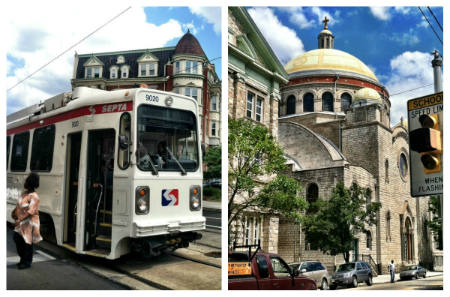Off-street parking, 50-foot trees, large houses—this block has it all! Due north of Oregon Ave. and south of Passyunk, it will make you wonder if you’re still in Philadelphia.
Find out how this “pocket of suburbia in the middle of a city” came to be.
No rowhomes here! The 2500 block of South Garnet Street is comprised of large twin houses, each pair equally immaculate in upkeep, hugging each other like proud siblings. These spacious homes sport a unique mix of Italianate, Bungalow, Prairie, and Jacobean Revival Architecture.
Their pristine appearance comes with the territory: they are situated in the Girard Estate historic district, the only such district in South Philadelphia. Homeowners must follow Philadelphia Historical Commission guidelines to preserve the aesthetics of the properties.
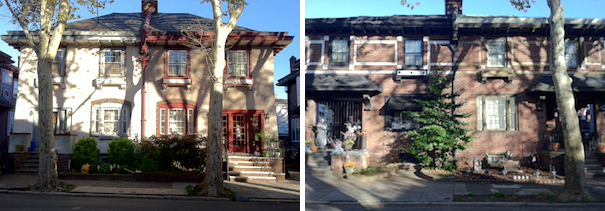
The tall trees, small yards, ample parking, and lower density are no accident either; when the homes were built between 1907 and 1916 they were planned loosely around Ebenezer Howard’s “Garden City” concept.
Howard envisioned an urban-rural hybrid in which the logical layout of the city was combined with the open space of the countryside, in what would now register as a semi-suburban land use.
The entire Girard Estate neighborhood inhabits the former property of Stephen Girard (hence the name), who donated the majority of his $6-million estate to the City with the caveat that a boarding school for orphaned white boys must be established (Girard College) and that none of the property could be sold.
The City built 481 rental homes on the property, which they received permission to sell in 1950.
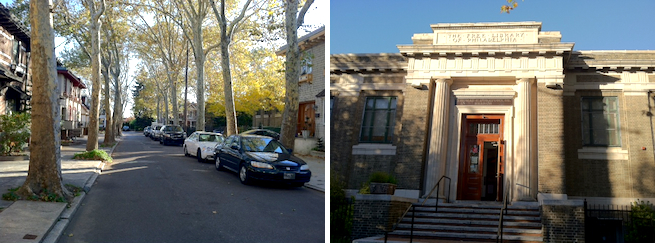
One of the major landmarks in this neighborhood sits at the end of the 2500 Block of South Garnet: the neo-classical Thomas F. Donatucci Library, which was constructed at the same time as the Girard Estate properties.
To take the Preservation Alliance’s self-guided walking tour of Girard Estates, click here. For more about Girard Estate event, visit the Girard Estate Neighbors Association site here.

